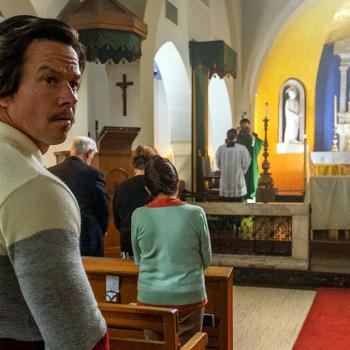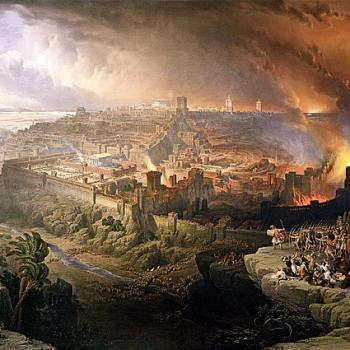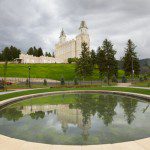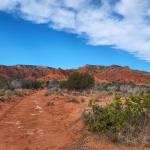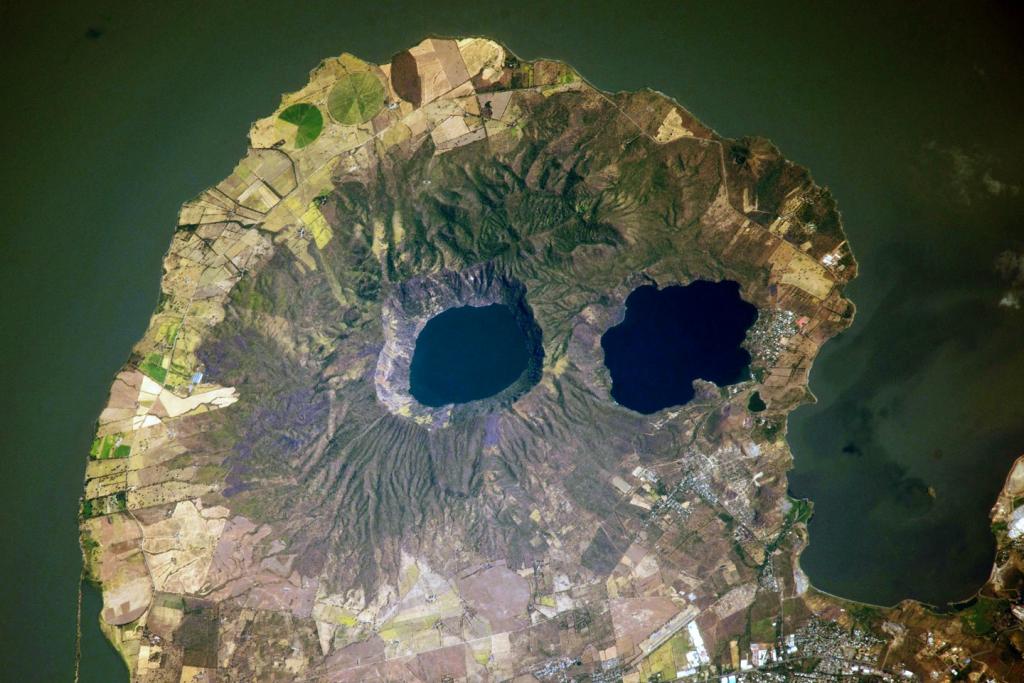
The Apoyeque caldera (center left)—which is filled with a 2.8 kilometer (1.7 mile) wide and 400 meter (1,300 foot) deep lake—dominates the center of the Chiltepe Peninsula. Geological evidence indicates that Apoyeque last erupted around 50 BCE (plus or minus 100 years). The Laguna Xiloa maar (center right)—a volcanic crater formed by the explosive interaction of magma and groundwater—is located to the southeast of Apoyeque and is also filled with a lake. (Note that north is to the left in this photo.) Laguna Xiloa last erupted approximately 6,100 years ago.
I turn, again, to sharing notes from Jeff Wynn and Louise Wynn, Everyone is a Believer: The Growing Convergence of Science and Religion (2019):
But what caused the “vapor of darkness” described in 3 Nephi [chapter 8, verses] 19 and 20? This was almost certainly a smothering blanket of volcanic ash. As attention-garnering as it was, Mount St. Helens 1980 was a relatively small eruption (as we said earlier, a “mere” VEI level 5).* Yet this event still lofted about 3 cubic kilometers of material and left nearly a meter-thick blanket of ash on Yakima, Washington, 240 kilometers to the east, within a few hours of its eruption. Can ash put out fires? Yes — ask any forest fire fighter (one of us worked his way through college fight forest fires each summer) or ask anyone who learned how to shovel direct and ashes onto a campfire to smother it. (38)
Are there any candidates for the actual volcano that caused the destruction described in 3 Nephi? There are at least two, according to the Wynns. But first a few words of explanation:
Ash can travel all around the world, borne by the wind. But tephra, the material blown out from an erupting volcano in small fragments (ranging from the size of peas to that of a cantaloupe) doesn’t travel so far. Thus by measuring the distance that tephra has travelled, researchers can gain some idea of the magnitude of an eruption.
The Wynns mention two candidate volcanoes:
- Masaya, in Nicaragua, which erupted about 2100 years ago (plus or minus a century). It deposited tephra for as far as 170 kilometers.
- Chiletepe, also in Nicaragua, which erupted about 1900 years ago (plus or minus a century). It dropped tephra as far away as 570 kilometers.
The Masaya eruption lofted approximately 8 cubic kilometers of ash and tephra, nearly three times more than Mount St Helens in 1980. Both Chiletepe and Masaya lie east of the subduction zone where the Cocos Plate is being over-ridden by the Caribbean Plate at a rate of nearly 7 cm/year.
This rate of crustal movement is important, because it is nearly three times faster than the Cascadia subduction rate in the Pacific Northwest of the US. This faster subduction rate means that there are proportionally larger and more frequent volcanic eruptions in Nicaragua than in the Washington and Oregon Cascades. Central American is basically a gargantuan pile of volcanic lava, tephra, and ash covered with recent soils and vegetation. In that sense, 3 Nephi 8 doesn’t record a particularly remarkable event for Central America — except for the timing of it.
In other words, the Book of Mormon is fully conformable with the geologic record of Central America. (38, emphasis in the original)





